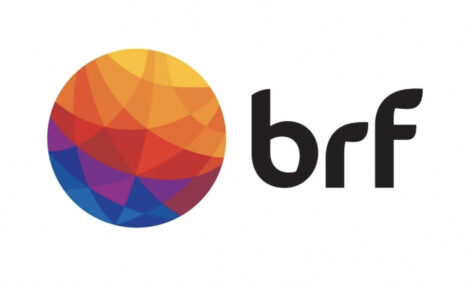



Growing EU Poultry Meat Production Pushes Prices Downwards
EU - Despite lower broiler prices at the beginning of 2016, EU poultry production expanded further during the first half of 2016 by 6 per cent, according to the latest EU Short-Term Outlook report for arable crops, dairy and meat markets in 2016 and 2017.Except for France, all other main producing Member States have reported an increase: Poland (+15 per cent), Spain (+8 per cent), Italy (+6 per cent), the Netherlands (+5 per cent) and the UK (+4 per cent).
Bird restocking in France after the outbreak of avian influenza is not yet showing up in the slaughterings, but will probably be noticeable in the second half of the year, the report said.
At EU level, growth is expected to continue in the second half of 2016 as placings of chicks are staying at the same high level as previous months. Overall, EU poultry production is expected to grow by 4 per cent in 2016, because the lower EU prices might lead to a slowdown in the production increase in the remaining months of the year. Feed prices are expected to stay relatively low due to a good world harvest.
However, this production rise follows two consecutive years of 4 per cent growth already. As consumption in the EU is reaching a more mature level and competition on the world market from Brazil and the US limits further development of exports, prices might continue to experience downward pressure.
The report said these lower prices give the opportunity to increase exports, which are expected to reach 10 per cent in 2016 compared to 2015, and to stagnate in 2017, despite the strong international competition.
Over the first 7 months of the year, EU poultry meat exports increased by 8 per cent year-on-year. The bigger export increases were recorded for South Africa (+44 per cent), the Philippines (+28 per cent), Hong Kong (+33 per cent) and Ukraine (+48 per cent).
The Chinese market may be a game changer for 2016 as domestic production is decreasing due to a lack of breeding stock. Therefore, Chinese imports are likely to increase, mainly from Brazil which is China's largest supplier. Nevertheless, some EU countries with direct access to the Chinese market such as Poland might also benefit from this situation.









